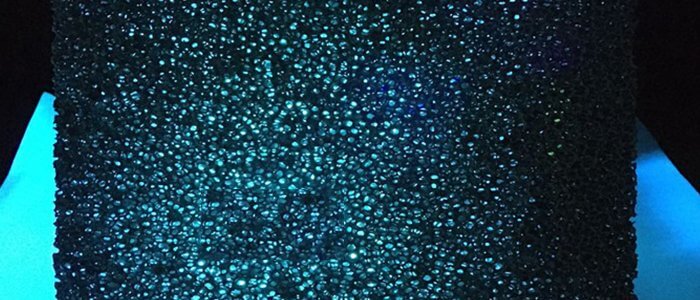The Changing Demand for Ceramic Foam Filters in Neighboring Countries Following Japan’s Release of Nuclear Contaminated Water
Introduction
In April 2021, Japan’s announcement of plans to release nuclear-contaminated water from the Fukushima Daiichi nuclear power plant into the Pacific Ocean sent shockwaves through the international community. Neighboring countries, particularly those bordering the Pacific Ocean, have since been closely monitoring the situation. Among the various concerns, there has been a noticeable shift in demand for ceramic foam filters in these countries, driven by the need to address potential environmental and safety repercussions.
Understanding Ceramic Foam Filters
Ceramic foam filters are advanced filtration solutions designed to remove impurities from liquids and gases. These filters are made from a porous ceramic material with a complex network of interconnected channels, allowing them to trap and separate particles and contaminants efficiently. While their applications are diverse, they are notably used in industries such as metallurgy, electronics manufacturing, and wastewater treatment.

Changing Demand Trends in Neighboring Countries
South Korea: As one of Japan’s closest neighbors, South Korea has been particularly vigilant in monitoring the situation. Concerns over the potential contamination of Korean waters have led to an increased demand for ceramic foam filters. These filters play a vital role in ensuring water quality and safety, and local industries have sought to bolster their filtration systems.
China: China, with its extensive coastline along the Pacific Ocean, has also experienced a surge in demand for ceramic foam filters. The Chinese government has taken proactive measures to protect its marine environment, and industries have followed suit by investing in filtration technologies that can help mitigate potential pollution risks.
Philippines: The Philippines, an archipelagic nation in Southeast Asia, has a significant stake in maintaining the health of the Pacific Ocean. There has been an uptick in interest among Philippine industries and authorities in exploring the use of ceramic foam filters to address potential environmental challenges.
Vietnam: Vietnam’s extensive coastline along the South China Sea makes it another country keenly aware of the implications of Japan’s decision. The Vietnamese government and industries have been looking into advanced filtration solutions, including ceramic foam filters, to protect their marine ecosystems.
Addressing Concerns and Building Resilience
The changing demand for ceramic foam filters in neighboring countries is indicative of a shared commitment to addressing environmental and safety concerns stemming from Japan’s decision. These filters offer an effective means of safeguarding water quality, ensuring the removal of radioactive and other contaminants, and protecting marine ecosystems.
To meet the heightened demand, manufacturers of ceramic foam filters are stepping up production and innovation. Enhanced filtration technologies, increased production capacity, and improved filter performance are all part of the response to the evolving needs of these countries.
Conclusion
The release of nuclear-contaminated water by Japan into the Pacific Ocean has triggered a notable shift in demand for ceramic foam filters in neighboring countries. These countries are prioritizing the protection of their marine environments and water sources. The surge in demand reflects the importance of advanced filtration technologies in addressing environmental challenges and underscores the global interconnectedness of environmental concerns.
As industries and governments invest in filtration solutions, it is clear that the demand for ceramic foam filters will continue to grow. This not only demonstrates a commitment to environmental protection but also showcases the adaptability and innovation of industries that are determined to navigate changing circumstances and safeguard the planet’s ecosystems.

